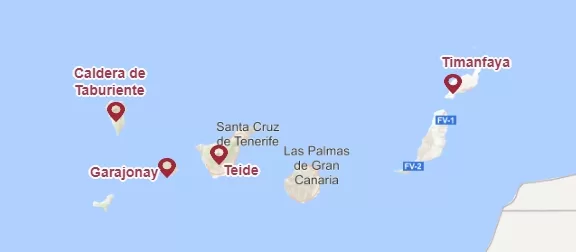Discover wildlife watching in Spain and embark on an extraordinary adventure, where the wonders of wildlife await you. Delve into the heart of nature as you witness the splendor of our most cherished creatures in their natural habitats: the majestic brown bear, the regal Spanish imperial eagle, the awe-inspiring lammergeier, the elusive Iberian lynx, and the enigmatic Iberian wolf. Immerse yourself in magical experiences set amidst accessible landscapes and uncover the secrets of many successful conservation programs, dedicated to preserving these precious species.

Wildlife watching in Spain
In Spain, birdwatching becomes a thrilling pursuit, with the country’s strategic location between Africa and Europe attracting millions of migratory birds and boasting numerous globally unique species. Prepare to be captivated by the wealth of biodiversity that spans across the nation. With over 1,500 protected areas—comprising a quarter of the country—Spain offers unparalleled opportunities for exploration. Dive into the depths surrounded by fields of posidonia oceanica seagrass, sail alongside playful dolphins and majestic whales, and gaze upon the stars from breathtaking vantage points. The options are as diverse as they are enchanting.

Journey through Spain’s national and natural parks and embark on an unforgettable odyssey. From the dramatic alpine landscapes to the lush Mediterranean forests, each park offers a unique experience tailored to every adventurer. Discover the beauty and magic of lakes, valleys, and mountains beyond your wildest dreams. Recognized by UNESCO for its abundance of biosphere reserves and geoparks, Spain stands as a beacon of environmental preservation and sustainable development. Within its borders you’ll find numerous Protected Natural Areas that adhere to the principles of the European Charter for Sustainable Tourism (ECST), ensuring a harmonious coexistence with nature.






